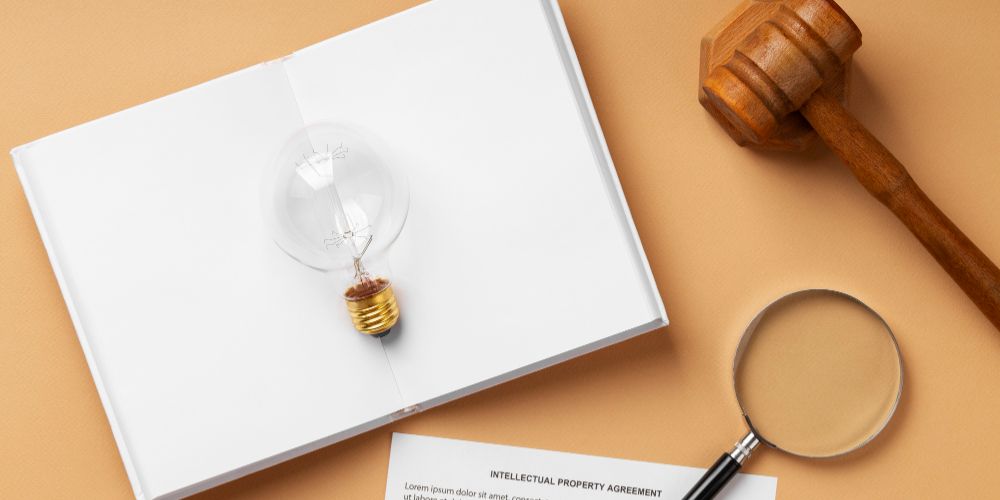
- March 14, 2024
Google LLC vrs Oracle America, Inc.: The fair use doctrine in copyright law
The Supreme Court of the United States has recently handed down a decision upholding Google’s use of part of the JAVA SE API Code (the SE Code) created by Oracle. Google had, in the course of creating a new Android Platform for smartphone networks, copied approximately 11,500 lines of the SE Code thereby prompting the institution of the suit by Oracle on the grounds of alleged copyright infringement. Google contested this suit, arguing that its use of the SE Code did not amount to copyright infringement as the same fell within the permitted fair use exception under copyright law.
Over the course of protracted litigation, the lower Courts had concluded that Google’s copying of the SE Code did not fall within the permitted fair use exceptions. However, in overturning the lower Courts’ decisions, the Supreme Court found that Google’s adoption of the SE Code in the circumstances of the case fell within the ambits of fair use. In particular, the Supreme Court was of the view that Google could not be deemed culpable of copyright infringement on the grounds that Google only copied what was needed to allow programmers to work in a different computer programming language, without discarding a portion of familiar programming language.
The decision, which is set to upend current thinking within the software developing community, extends the application of the fair use doctrine, in that rights held in copyright, will not be deemed to be infringed where the copied content is applied towards transformative use. Practically, the decision is poised to create wriggle room for developers to use existing codes within licensed software programs, so as to build interoperable platforms, without the risk of incurring liability for copyright infringement.
This view marks a radical shift from the exclusive protections granted under copyright and is likely to offset a multitude of renegotiations of existing multinational software licensing agreements in a bid to set out the permitted uses of licensed software.
Closer home, whereas the decision is of persuasive, rather than binding force in Kenya, the precedent is nevertheless likely to impact software developers and software companies alike, with the expanded use of the doctrine of fair use, quite consistent with the fair dealing doctrine provided under the section 26 (3) of the Copyright Act, 2001.
As such it will be critical for software developers and software companies to undertake a review of their licensing agreements including the terms and conditions to better safeguard their intellectual property.